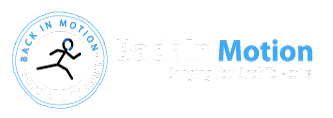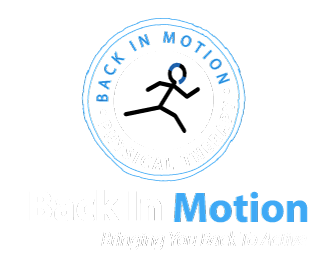What is the Pelvic Floor?

Have you heard of the pelvic floor? We will get to the 3 simple steps for pelvic floor strengthening in a moment. First, lets talk about what and where the pelvic floor is. The pelvic floor is a group of muscles & ligaments which create a floor like supportive structure for key organs such as the bladder and bowels as well as the uterus in women.
Why is a strong pelvic floor so important?
The muscles and ligaments that form the pelvic floor not only support key organs, but also prevents urinary incontinence and pelvic organ prolapse. If your pelvic floor is weak, your are more likely to have a leaky bladder which can progressively worsen without the correct intervention.
What contributes to a “weak” pelvic floor?
Various issues can individually cause weakness, or several factors combined can contribute to weakness including pregnancy/childbirth, becoming “more senior”, long term or forceful cough, hormonal changes such as menopause, straining due to constipation, frequent heavy lifting, obesity/being overweight.
How do I strengthen the pelvic floor muscles?
Both men & women are strongly advised to routinely perform pelvic floor strengthening exercises. Medical professionals highly recommended that women do pelvic floor exercises every day to improve the strength of the pelvic floor muscles. The more pregnancy/childbirth situations a woman is involved with, the weaker her pelvic floor may become. Even if you are thinking about having a baby, it is highly recommended to be proactive and start your pelvic floor strengthening program well in advance.
Consistently performing the correct exercises will help. Think of the pelvic floor as a muscle (it really it). The more you work it out, the stronger it will become. Everyday activity and regular exercising such as walking on a regular basis can also help strengthen the pelvic floor muscles, but nothing compares to isolating the muscle group and working it out.
3 Simple Steps for Pelvic Floor Strengthening

Step ONE= Find the right muscles
To locate the pelvic floor muscles, you want to tighten your muscles in that area. Identifying the muscles correctly is the 1st step towards muscle engagement & better muscular control.
Step TWO = Learn to engage (contract) the pelvic floor muscles properly
Contracting the muscles is not difficult, but you want to be sure you are doing it correctly. You should start by contracting the muscle up & inward. Shut your eyes and envision this: imagine you are going to the bathroom and want to stop your stream of urine midway. That’s it. You have just done a pelvic floor strengthening exercise.
Step THREE = Pace yourself
Now you know how easy they are to perform. It is important that you make a conscious effort to actually perform these on a daily basis. The good news is “they are easy to do”. The ‘not-so’ good news is “they are easy to forget about and not do”. Each person should workout the pelvic floor muscles just as you would any other muscle group: through repetition.
“Pain Down There”

Anyone who’s ever experienced pelvic pain or pelvic organ prolapse will tell you it’s a frustrating & very uncomfortable problem. By performing the pelvic floor strengthening exercise on a daily basis, you can lessen your risk for this painful problem.
If you think you may have a pelvic floor dysfunction, call your doctor for a check-up. Do not put it off.
The physician may recommend toning up the pelvic floor. In this case Kegel Exercises may be a very appropriate movement.
Medical professionals including physical therapists agree that Kegel exercises are one of the most effective way to strengthen the pelvic floor muscles & improve its tone. Multiple studies indicate that women older than 35 years lose around 5% of their body muscle mass every 10 years. The reduction of lean mass affects many aspects of a woman’s body, including the pelvic region.
If you are pregnant and have “pain down there”, check out these useful tips: Self Help Tips
Back In Motion Sarasota Physical Therapy can help women & men improve the tone & strengthen muscles in the pelvic area.
The team at Back In Motion Sarasota Physical Therapy has specialty training and can provide you with a customized and individualized full pelvic workout, including exercises called Pelvic Clocks & Kegels to promote strength and stability to the pelvic floor structures.
Call our office at (941) 925-2700 today to make an appointment. We can help you with your pelvic floor muscles and even improve/eliminate incontinence issues. Don’t wait until you suffer the symptoms of pelvic floor weakness to take action. Let us help you prevent incontinence or pelvic floor organ prolapse. Call us today and take preventive measures. If you have any questions, get in touch with one of our skilled PTs & we will be happy to get you moving in a forward direction.
Note: Please do not start any exercise routine without the consent of your physician


0 comments